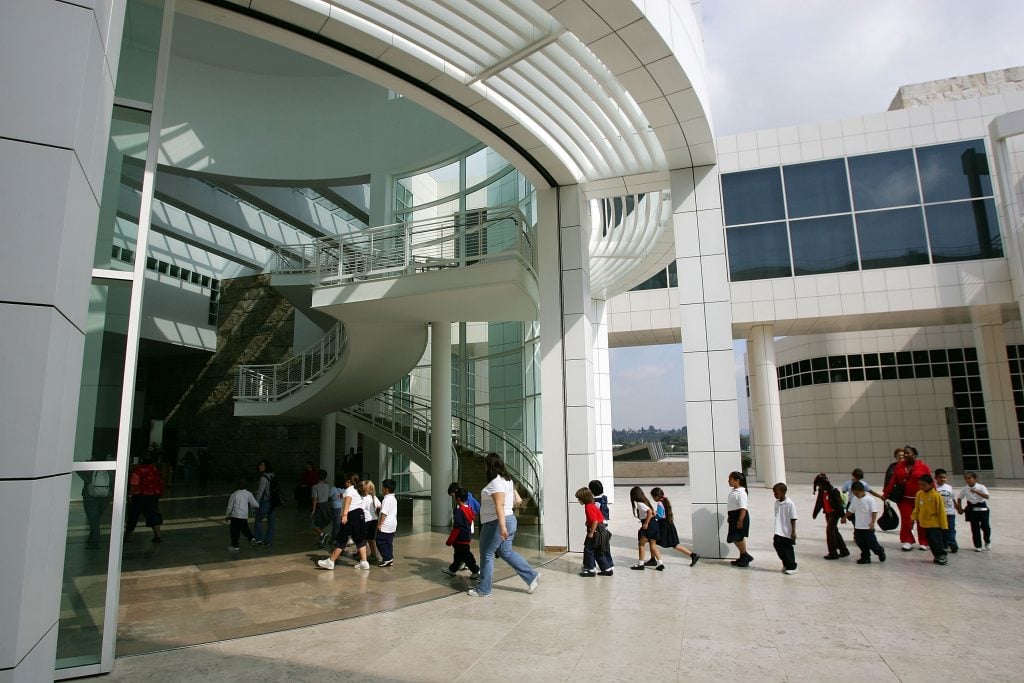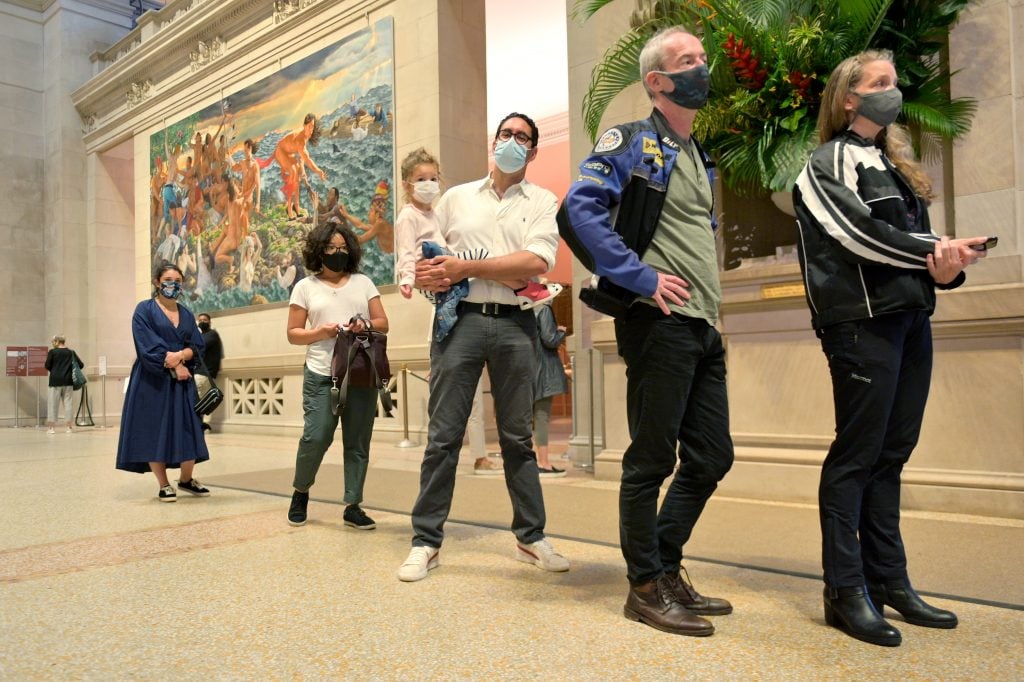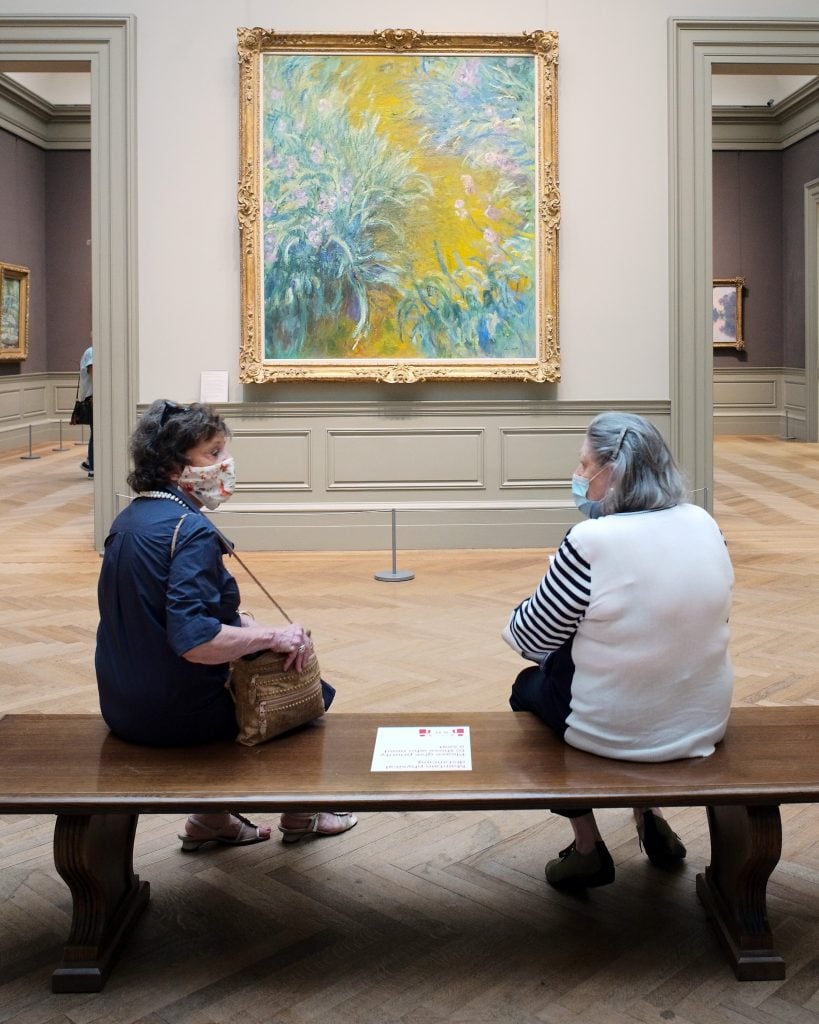Art World
Thousands of US Museums Could Close Forever as the Financial Effects of Lockdown Turn Existential, a New Report Finds
US museums may have collectively lost as much as $29.75 billion since lockdown began.

US museums may have collectively lost as much as $29.75 billion since lockdown began.

Sarah Cascone

Eight months since museums across the US were forced to abruptly close, institutions have lost millions of dollars and are struggling to survive, according to a new report from the American Alliance of Museums.
Roughly 30 percent of US museums remain closed today, and those that have resumed public operations are averaging just 35 percent of their normal attendance—which may not be enough to keep them afloat.
“The financial state of US museums is moving from bad to worse,” said Laura Lott, president and CEO of the alliance, in a statement. “Without financial help, we could see thousands of museums shutter forever.”
The report, which echoes similarly discouraging findings internationally, is based on a survey of more than 850 institutions conducted by the AAM and Wilkening Consulting in the second half of October. Altogether, museums anticipate losing 35 percent of their operating budget this year, and a total of 28 percent in 2021.
The average museum has lost $850,000 to date, though the figure is much higher for large institutions. The Museum of Fine Art, Boston expected a $14 million loss through July alone, and New York’s Metropolitan Museum of Art has projected a $150 million shortfall.

People line up inside the entrance on reopening day at the Metropolitan Museum of Art. Photo by Michael Loccisano/Getty Images.
In early April, a report from Americans for the Arts found that losses at US institutions had already hit a combined $4.5 billion. Arts organizations’ losses for the year were projected to hit $6.8 billion in a SMU DataArts and TRG Arts report, but that number could still be much higher: if the $850,000 average stands for all 35,000 museums across the US, the total loss would be an astonishing $29.75 billion.
To cope with the devastating financial effects of lockdown, 53 percent of museums have made layoffs or furloughed staff. The majority of those cuts have been to frontline workers in admissions, guest services, and retail. A similar number of museums, about 67 percent, have made cuts to education initiatives and public programming.
Emergency fundraising efforts to bridge the gap have had mixed results. Replacing galas with virtual events, as 67 percent of museums have done, fell short of revenue goals by an average of 34 percent.
That’s especially troubling considering that more than half of museums have a financial operating reserve of six months or less on hand. With such a small cushion, the reduced revenue from declining admissions and retail sales, combined with cancelled programming, may ultimately prove unsustainable for a significant number of museums.

Two friends in face masks sit in front of Claude Monet’s paintings at the Metropolitan Museum of Art during its first day open to members since March on August 27, 2020. Photo by Taylor Hill/Getty Images.
Although the majority of institutions—70 percent—did not report any immediate risk of permanent closure, 17 percent said they weren’t sure, and 12 reported a significant chance that they would close within a year—which could mean the loss of 10,500 museums. (In New York state alone, the Museum Association of New York reports that at least 12 museums are considering merging or shutting down.)
This past spring, as congress prepared to pass a stimulus package to help US businesses weather the financial storm of lockdown, the nation’s museums pushed for a $4 billion museum bailout. The AAM advocated for it by pointing to the 726,000 direct and indirect jobs in the industry and the $50 billion it pumps into the economy annually, but ultimately the aid package set aside less than five percent of that amount.
Congress has been deadlocked over a second relief package for months and so far no new aid is expected. “[Museums] are pleading with their federal, state, and local governments to provide the much-needed support to recover from this crisis,” Lott said. “Congress and the administration are failing museums.”